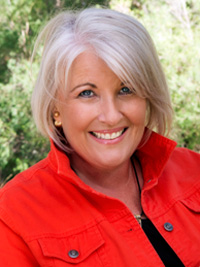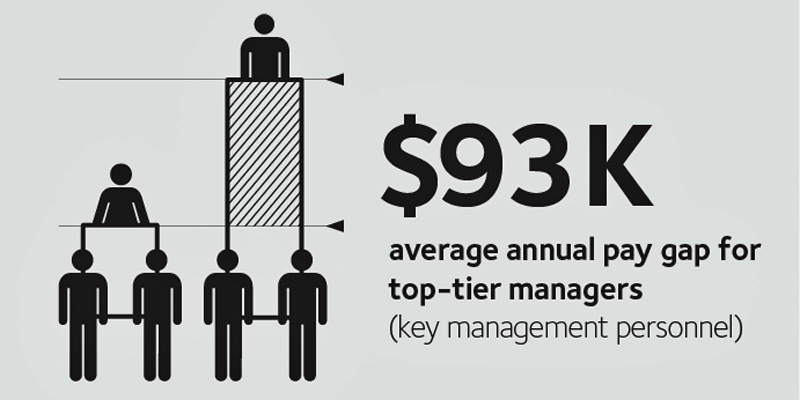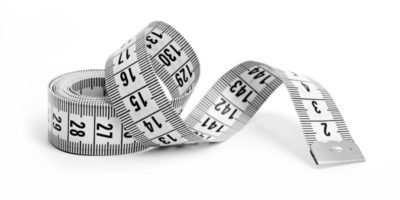Libby Lyons is director of the Workplace Gender Equality Agency in Australia, a statutory authority charged with improving and promoting gender equality in Australian workplaces. Prior to joining the Agency Libby had a distinguished career in corporate affairs and government relations, most recently heading BHP Billiton’s Olympic Dam corporate affairs division. Before this Libby was General Manager of External Relations at Atlas Iron, and held senior roles at CITIC Pacific Mining, Alcoa Australia, the Western Power Corporation and Telstra.

“…The Agency is going into the fourth year of reporting and provides an unrivalled insight into the state of gender equality in Australian workplaces…”
A world leader in measuring workplace gender equality
Australia is a world leader in measuring workplace gender equality. Since we started collecting data in 2013, there has been a decline in the gender pay gap and an improvement in the number of employers taking action on gender equality.
Nevertheless, our most recent data shows that female workers in Australia in 2015-16 earned 23% less than the average Australian man, when we look at total remuneration.
In 2013-14 the pay gap was almost 25%, so the movement we have seen is in the right direction, however progress remains too slow.
Data builds the case for change
It is data that builds the case for change. Following our lead, countries around the world including the United Kingdom, the United States and Germany are recognising that data is crucial to achieving gender equality outcomes and driving change.
We will be closely monitoring organisational pay gap reporting in the United Kingdom to assess the impact this transparency may have on reducing the overall gender pay gap.
Background
Under the Workplace Gender Equality Act, all non-public sector organisations with 100 or more employees in Australia are required to report to the Workplace Gender Equality Agency annually on six gender equality indicators. These indicators are:
- GEI 1 – Gender composition of the workforce
- GEI 2 – Gender composition of governing bodies of relevant employers
- GEI 3 – Equal remuneration between women and men
- GEI 4 – Availability and utility of employment terms, conditions and practices relating to flexible working arrangements for employees and to working arrangement supporting employees with family or caring responsibilities
- GEI 5 – Consultation with employees on issues concerning gender equality in the workplace
- GEI 6 – Any other matters specified by the Minister – including sex-based harassment and discrimination
Our data covers four million employees or 40% of Australia’s workforce. The Agency is going into the fourth year of reporting and provides an unrivalled insight into the state of gender equality in Australian workplaces.
https://twitter.com/@WGEAgency
https://twitter.com/WGEADirector
https://www.youtube.com/user/WGEAgency






